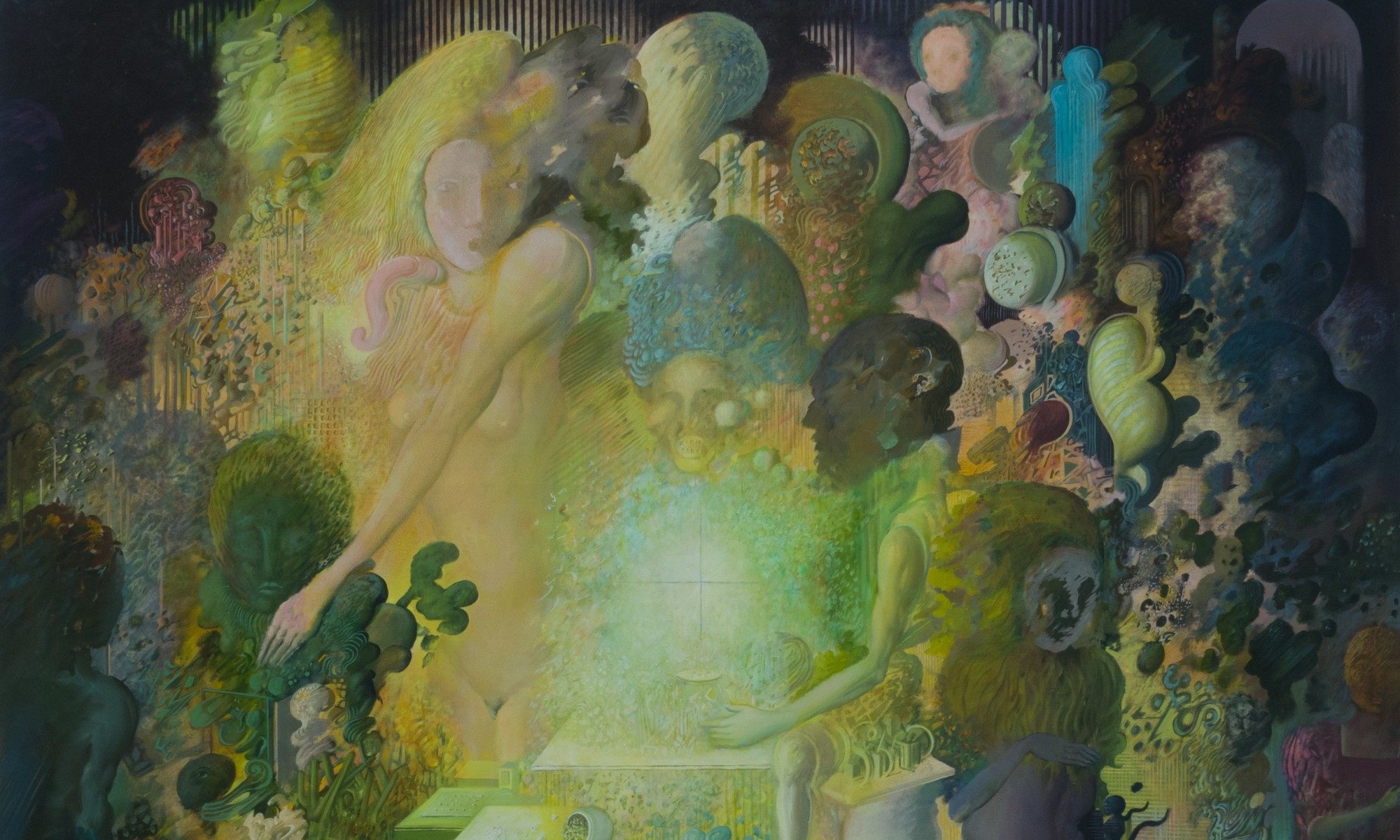BIOGRAPHY
Ljubomir Ljuba Popovic – internationally known as Ljuba, was born on October 14th, 1934, in Tuzla, his mother Spasenija was from aclericfamily and his father Aleksa, was a trader who owned an estate with an auberge, on the road between Tuzla and Zvornik. Just before the beginning of World War II, the family moved to Valjevo, thus avoiding the massacres that were committed by the pro-nazi muslim militant groups over the Serbian population.
In Valjevo, Ljuba graduates from elementary school, and then graduates from the high gymnasium. This period was marked by hangouts and games with peers, the introduction to the world of adventure novels and a fascination with football, together with the first signsof his drawing talent appearing. For the needs of one of the local cinemas, he produces large-format advertising boards with movie scenes, thanks to which he also receives his first fees. At the same time, an incredible affection for the seventh art was born, that would last until the end of Ljuba’s life.
After graduating high school, he obtains the status of film selector and contractor for the Valjevo Cinema, a small scholarship and the opportunity to improve his artistic skills at the Belgrade Academy of Applied Arts. Missing the deadline for taking the entrance examination, he enrolled in the Art History classes, simultaneously attending throughout the entire school year drawing classes in the evening drawing school in Šumatovacka Street. He will pass on the spirit of Šumatovacka art school- attended by various famous painters – next year to the Academy of Applied Arts. This will be the place where his first studies of nature-size acts will be created, as well as his first oil paintings with strange displays and a staggering atmosphere. This step forward into individualistic painting was poorly received by professors, and Ljuba was expelled during the third year of his studies.
He continues studying thanks to the support of Marko Čelebonović, who appreciated his work and enrolls him in his class, for the fourth year of the Academy of Fine Arts. Due to the departure of Čelebonović to Paris, Ljuba graduates the fifth year in the class of Djordje Andrejević Kun and then enrolls in a two-year special course (today it would be called “master”) with Milo Milunović. At one of the student exhibitions, the works of Ljuba attract the attention of Leonid Sejka, the founder of the Mediala movement, that already existed informally for some years. Ljuba will jointly exhibit for the first time with the group Mediala in 1960, at the Gallery of the Graphic Collective.
In the autumn of 1963, Ljuba definitely leaves Belgrade to go to Paris, bringing with him only one drawing block and several painted canvases in a roll. He spent the first months painting walls in houses, saving money, and finally, thanks to the recommendations of Marko Čelebonović and Milo Milunović, he gets in touch with Mrs. Ginette Signac (daughter of the painter Paul Signac), who introduces him to Rene de Solier, an erudite and respected art theoretician. In 1971, Rene de Solier publishes a monograph about Ljuba – the first ever published monograph in France about a Serbian painter.
Thanks to the introduction of Rene de Solier, Ljuba gets in contact with a Parisian gallery owner, Marcel Zerbib, whopurchaseshis painting from Belgrade, finds an atelier and begins to organize exhibitions in Paris and Brussels. Collaborating with Zerbib, who was a fan of surrealism and a protector of surrealist followers, Ljuba gradually becomes acquainted with many important actors of the Paris art and intellectual scene. Soon,AndréPieyre de Mandiargues, Alain Jouffroy, Etiemble, Patrick Waldberg, Alain Bosquet, Gustav René Hock will be writing about him.
Thanks to Zerbib, Ljuba gets in contact with the Parisian gallery owner Tessa Herold, with whom he will work and remain friends until the last days of life.
Ljuba’s international career is marked by a large number of solo and collective exhibitions (Paris, Brussels, New York, Geneva …), and the release of thirteen art monographs (most notably in 1980, by the New York publishing house Alpine Fine Arts – with a text by Anne Tronche, in 2003 the publication of the Paris House of Cercle d’Art – with a text of Sarane Alexandrian), and a greatnumber of articles in art and literary journals. Along with the activities on the international scene, Ljuba made an impact on the cultural scene of his own country and his native region, in a striking way. the Modern Gallery Valjevo was founded on his initiative, and has been operating successfully for more than thirty years now.
Ljuba passed away in 2016 in Belgrade.
